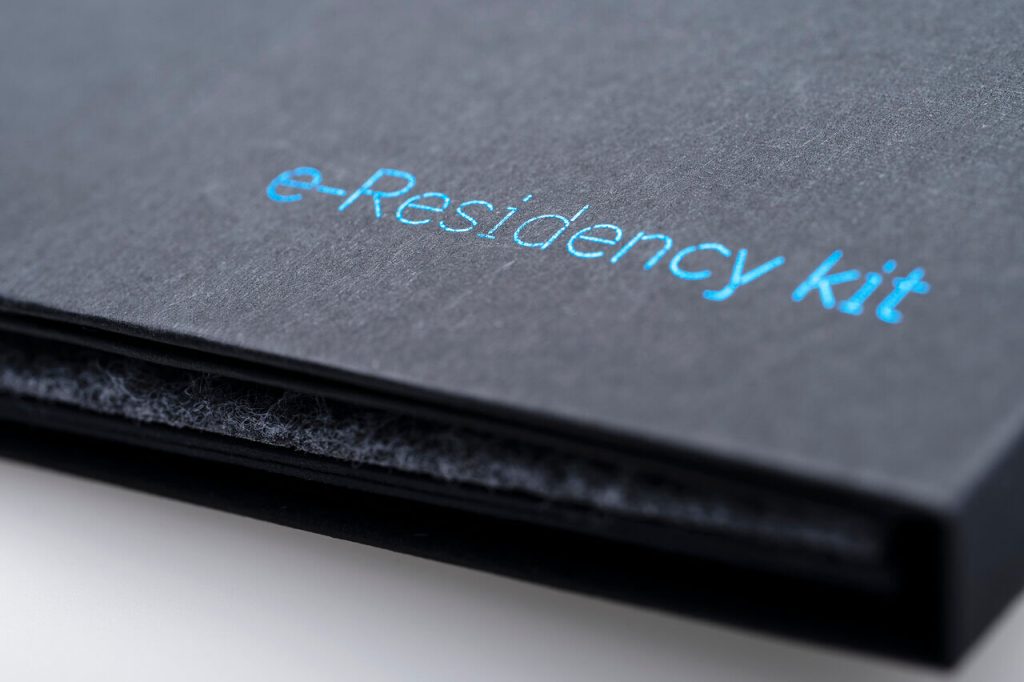The Estonian e-residency program, which is celebrating its ninth anniversary on Friday, has seen its cumulative contribution to the national budget exceed 200 million euros.
The program is moving towards significant upgrades, the biggest of which are moving past the physical ID card and a solution for remote identity verification, the program’s executives said in a press release.
Sandra Sarav, deputy secretary general for economic affairs and innovation at the Estonian Ministry of Economic Affairs and Communications, said the e-residency program is deemed globally as one of the strongest national brands, enriching the local business environment and consolidating the nation’s image as one of the world’s leading digital societies.
“Our e-residency program has set a high standard, while also proving to be a profitable export article. Currently it is the only government-backed e-service package that offers a 100 percent digital user journey for entrepreneurs around the world who are interested in setting up and running a location-independent international business. Although the program has significantly contributed to opening up Estonia’s economy to foreign talent and capital, there is still enormous potential for new companies, business ideas and investments. As such, the e-residency program is Estonia’s success story, reflecting the global competitive advantage of our digital society,” Sarav said.
Liina Vahtras, managing director of e-residency, noted that the program’s product development has reached a new level of maturity and is well positioned to achieve new heights.
“We are evolving from a government startup into becoming a growth-led organization. The competition among the world’s leading business environments is intensifying and Estonia’s value proposition contains all the advantages necessary to become the top choice for digital nomads and freelance professionals. In addition, we are also offering solutions to remote entrepreneurs and startup founders who need to manage a bigger team to truly succeed. Our main goal is that in addition to setting up new companies, our business-minded e-residents would also choose to maintain and grow their business in Estonia. The key is maintaining a focus on the customer journey and continuing with bold product development,” Vahtras said.
According to Vahtras, the time is ripe for updates that would make the program truly soar.
“To take our user experience to a new level, we hope to move past the plastic ID cards issued to e-residents. In 2025, we plan to pilot an innovative solution for secure remote identity verification, which will benefit not only e-residents but also Estonian citizens,” she said, stressing that these new solutions must also deliver increased security and convenience, two aspects where e-residency makes no concessions.
Estonia launched the world’s first e-residency program at the end of 2014 with the aim of providing foreign nationals safe access to its public e-services. To date, Estonian e-resident status has been granted to 108,000 individuals, excluding those whose status has been revoked.
Thus far, the program has generated approximately 200 million euros in tax revenue and state fees for Estonia. In addition, the program continues to boost Estonia’s international image and spurs the growth and investments of Estonian companies that offer services to e-residents and their businesses.
Over the years, the e-residency program has contributed to Estonia being recognized around the world as an innovative digital nation. The value of international media coverage throughout the program’s history is estimated at 385 million euros.
Source: BNS
(Reproduction of BNS information in mass media and other websites without written consent of BNS is prohibited.)





















